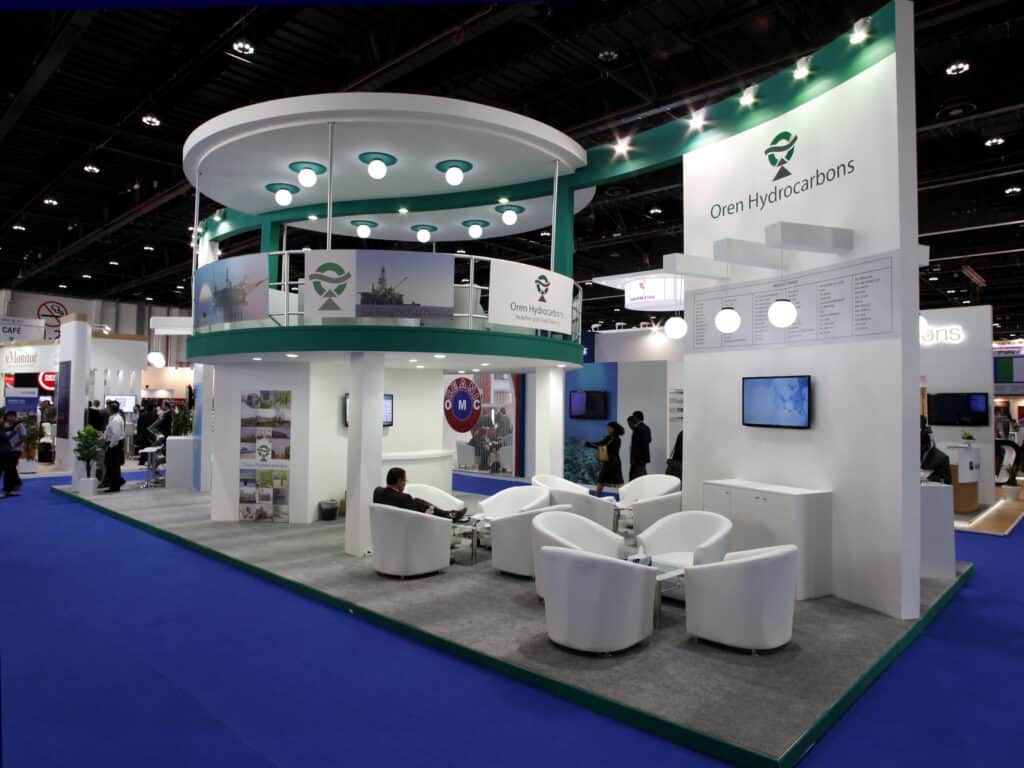
When visitors walk through a museum, science center, or cultural exhibition, they often marvel at the artifacts, visuals, and storytelling that surround them. What many don’t realize is that behind every captivating display lies the intricate process of exhibit fabrication. More than simple construction, fabrication is the art of blending design, engineering, and creativity to make learning and cultural exploration both engaging and memorable.
What Is Exhibit Fabrication in a Cultural Context?
Exhibit fabrication refers to the planning, building, and installation of displays for museums, galleries, science centers, and cultural institutions. Unlike generic displays, fabricated exhibits are carefully tailored to tell specific stories, educate audiences, and highlight the uniqueness of the subject matter.
Fabrication in this context often includes:
- Artifacts and replicas displayed with precision.
- Educational graphics that explain concepts clearly.
- Interactive features like touchscreens, models, or simulations.
- Lighting and audiovisuals that bring stories to life.
By combining these elements, fabricators create environments where learning feels immersive rather than static.
The Role of Fabrication in Education
Museums and cultural centers play an important role in society: they preserve history, inspire curiosity, and promote understanding. Exhibit fabrication enhances this mission by making knowledge accessible in engaging ways.
- Bringing history alive – A fabricated exhibit can recreate ancient environments, allowing visitors to experience the past in a tangible form.
- Simplifying complex science – Hands-on displays and interactive setups make abstract scientific ideas easier to grasp.
- Connecting cultures – Fabrication helps showcase traditions, art, and heritage in visually compelling ways.
- Encouraging participation – Exhibits that invite interaction deepen learning and make visits more memorable.
For children and young learners, these immersive displays often spark curiosity that extends far beyond the walls of the museum.
The Exhibit Fabrication Process for Museums
While every project is unique, fabrication for cultural and educational exhibits typically follows a structured process:
- Research and Concept Development – Collaborating with curators, historians, and educators to align with the institution’s vision.
- Design Creation – Producing visual renderings that combine storytelling with practical layouts.
- Engineering and Planning – Ensuring safety, durability, and accessibility for diverse audiences.
- Fabrication – Skilled artisans build displays, often blending modern technology with traditional craftsmanship.
- Installation – Assembling and fine-tuning the exhibit on-site, ensuring seamless integration with the venue.
This process ensures the final product not only informs but also inspires.
Technology in Modern Museum Exhibits
Today’s cultural exhibits are more dynamic than ever, thanks to technology. Exhibit fabrication often incorporates:
- Augmented reality (AR) to provide additional layers of storytelling.
- Virtual reality (VR) experiences that transport visitors to another place or time.
- Interactive kiosks where audiences can choose what they want to learn.
- Projection mapping to animate static artifacts or spaces.
- Energy-efficient lighting and sustainable materials to align with environmental values.
Technology allows institutions to engage younger, tech-savvy audiences while maintaining the authenticity of their collections.
Benefits of High-Quality Fabrication for Cultural Institutions
For museums, science centers, and cultural venues, investing in professional fabrication offers several benefits:
- Increased visitor engagement – Interactive, visually appealing exhibits hold attention longer.
- Stronger educational outcomes – Well-designed displays make learning more impactful.
- Repeat attendance – Memorable experiences encourage visitors to return and recommend the institution.
- Preservation and protection – Proper fabrication safeguards valuable artifacts while allowing them to be displayed.
Ultimately, fabrication transforms institutions from static spaces into living environments of discovery.
Choosing a Trusted Fabrication Partner
For cultural projects, experience and precision matter. The right fabrication partner understands both the educational goals and the practical requirements of working with delicate artifacts or complex themes.
Industry leaders like exhibit fabrication experts at ShowReady provide museums and cultural institutions with custom solutions that blend creativity, craftsmanship, and technical expertise. Their work ensures that every exhibit achieves its purpose—whether to educate, inspire, or preserve.
Conclusion
Exhibit fabrication is more than a construction process; it’s a bridge between knowledge and experience. In museums, science centers, and cultural spaces, fabrication transforms information into interactive stories that captivate audiences of all ages.
By blending design, technology, and craftsmanship, exhibit fabrication helps institutions fulfill their mission: to educate, to inspire, and to connect people with history, science, and culture. For organizations looking to leave a lasting impression, fabrication is not just an option—it’s an essential tool for shaping meaningful experiences.




